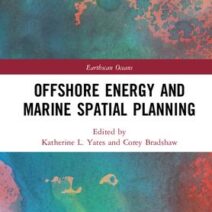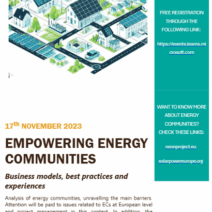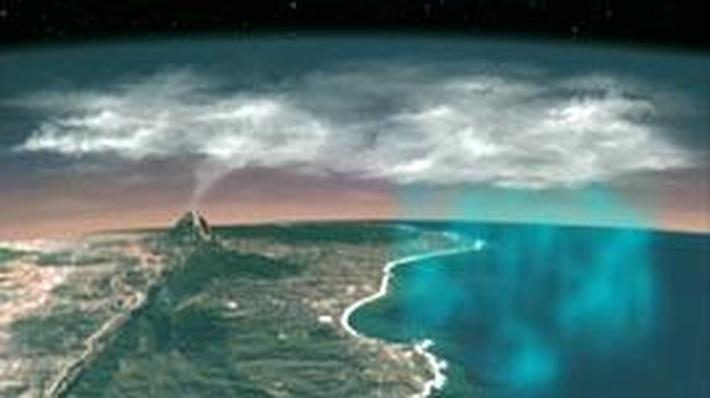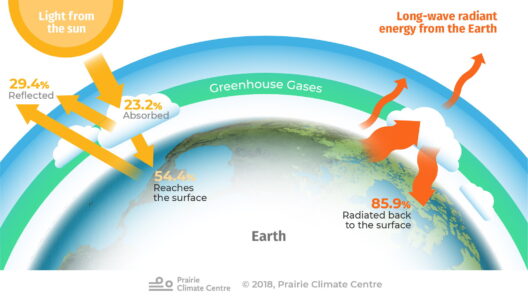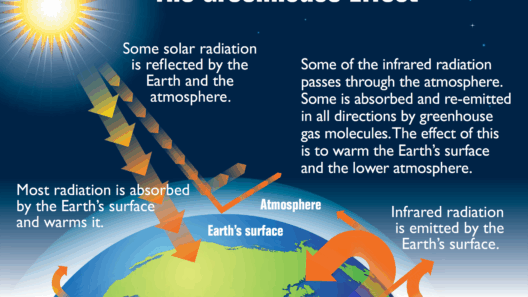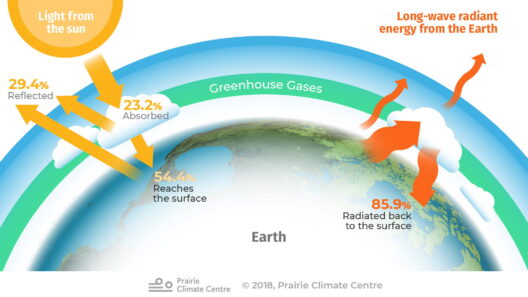The runaway greenhouse effect is a phenomenon that has sparked intrigue and concern among scientists, environmentalists, and the general public alike. Imagine a world where the Earth’s temperature spirals uncontrollably upward, transforming our pristine blue planet into a blazing furnace. What forces could set such extreme global warming in motion? As we delve into the intricate science behind this effect, the potential challenges posed by our own actions become alarmingly clear.
Understanding the runaway greenhouse effect requires a foundational grasp of the greenhouse effect itself. The greenhouse effect naturally warms the Earth’s surface, keeping it conducive to life as we know it. Solar radiation permeates the atmosphere and warms the Earth, which in turn emits heat in the form of infrared radiation. However, certain gases—most notably carbon dioxide (CO2), methane (CH4), and nitrous oxide (N2O)—trap some of this heat, preventing it from escaping back into space. This natural process is vital; yet, escalating concentrations of greenhouse gases threaten to tip the balance, leading us toward a precarious tipping point.
But what if we push this delicate balance too far? What if the Earth’s climate system reaches a threshold where the mechanisms designed to mitigate temperature rise become overwhelmed? This is where the concept of a runaway greenhouse effect enters the narrative.
Defining the Runaway Greenhouse Effect
The runaway greenhouse effect occurs when a planet’s atmosphere becomes so laden with greenhouse gases that it triggers a feedback loop. This loop rapidly accelerates warming. At its extreme, it could result in temperatures that are inhospitable to most current life forms. Venus serves as a quintessential example of a planet plagued by this phenomenon. Once a potentially habitable world, its surface temperature now hovers around a scorching 900 degrees Fahrenheit (475 degrees Celsius) due to an exceedingly dense atmosphere rich in carbon dioxide, leaving it barren and hostile.
How does a planet reach such a catastrophic outcome? The answer lies in intricate feedback mechanisms. For instance, as surface temperatures rise, polar ice caps and glaciers begin to melt. This not only contributes to rising sea levels but also leads to decreased albedo (the reflectivity of the Earth’s surface), meaning that less sunlight is reflected back into space. Instead, more heat remains absorbed, driving temperatures even higher. This sets off a series of cascading effects that can spiral out of control.
Unearthing the Catalysts of Change
One must consider the anthropogenic factors exacerbating the situation. Industrial activities, deforestation, and fossil fuel combustion have dramatically increased greenhouse gas concentrations in the atmosphere. The last century has observed a staggering rise in CO2 levels, with records indicating an unparalleled increase since the onset of the Industrial Revolution. The century-long love affair with carbon-intensive energy sources has led us to the brink of an environmental crisis that could very well end in a runaway scenario if left unchecked.
Yet, it is not merely human activity that fosters the conditions for this extreme effect. Natural events, such as volcanic eruptions and methane release from thawing permafrost, can also contribute to this greenhouse acceleration. The melting of the Arctic tundra could release significant stores of methane, a gas with a potency estimated to be over twenty times more effective than CO2 over a century. This synthesis of human influence and natural feedback plays a pivotal role in setting the stage for the runaway greenhouse effect to unfold.
The Impending Challenges
Could we face a runaway greenhouse effect similar to Venus? The question is daunting, yet essential. Current climate models are evolving, incorporating more complex interactions that could highlight potential runaway scenarios. A key challenge remains our ability to balance short-term economic interests with long-term environmental sustainability. The challenges of immediate gratification, especially with fossil fuel dependency, can cloud judgment and lead to collective inaction.
To mitigate the risks of a runaway greenhouse effect, international cooperation and innovative technological solutions are imperative. We stand at the crossroads—a moment ripe with opportunities to embrace renewable energy sources, adopt sustainable agricultural practices, and enhance carbon capture technologies. Are we prepared to embark on this monumental journey toward a sustainable future? The clock is ticking.
From Alarm to Action: What We Must Do
A consciousness shift is essential for combating climate change. Engaging in grassroots movements, advocating for progressive policies, and supporting scientific research are crucial steps in nurturing an informed global community. Education plays a paramount role in catalyzing change, as informed citizens can motivate institutions to prioritize environmental responsibility over exploitative practices.
Furthermore, individual choices matter. Reducing waste, adopting energy-efficient technologies, and promoting a circular economy can contribute to lowering greenhouse gas emissions. The choices we make today can forge a path to a more sustainable future, or they can entrap us in the destructive cycle of a runaway greenhouse effect.
The fate of our planet hinges on both collective and individual actions. The runaway greenhouse effect is not merely a hypothetical situation; it is a clarion call for proactive stewardship of our environment. The question remains: Will we heed the warning, or watch helplessly as our precious Earth slips into an irreversible state of heat and turmoil? The choice lies within our reach. Let it be one of action, awareness, and ultimately, hope.
